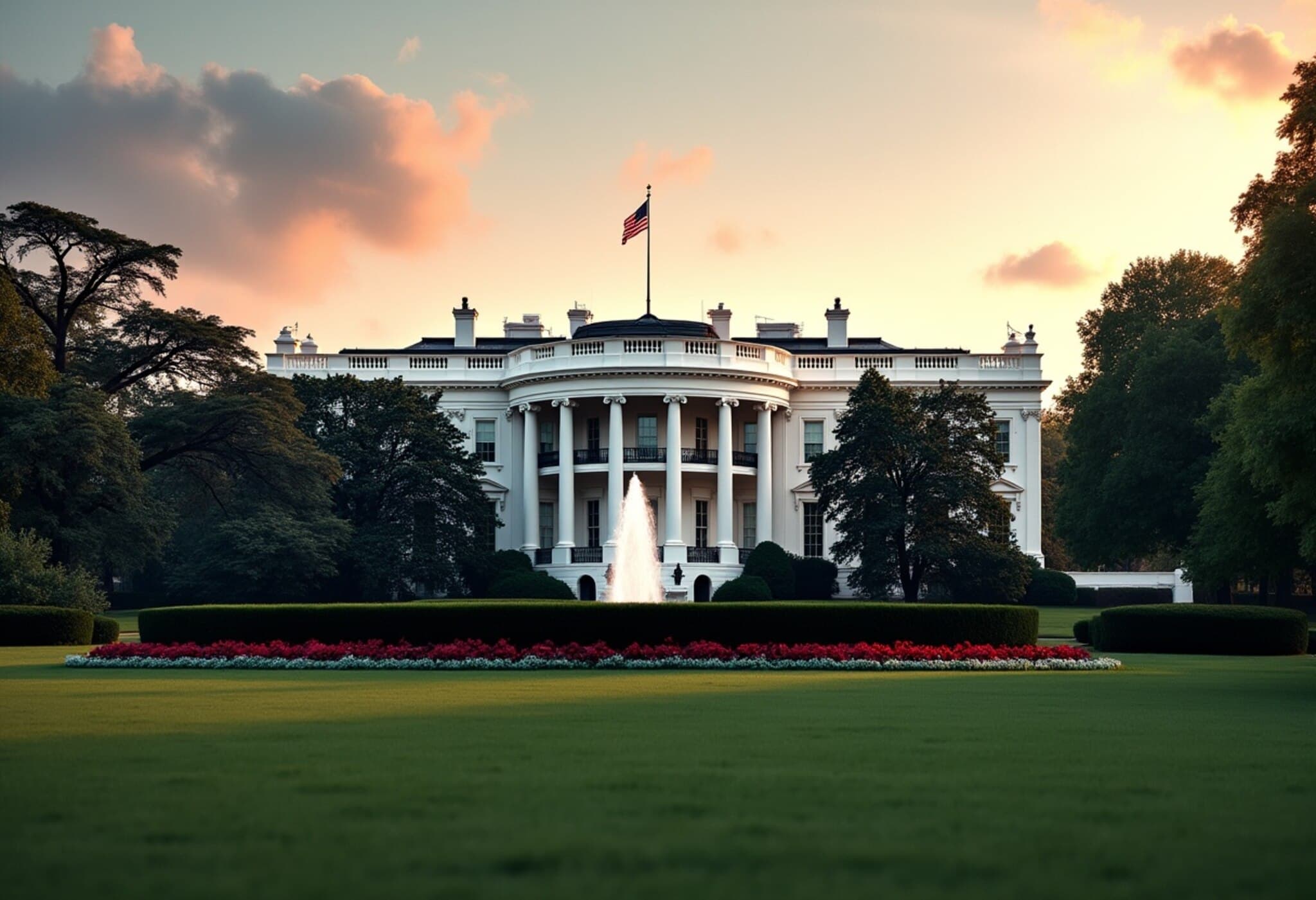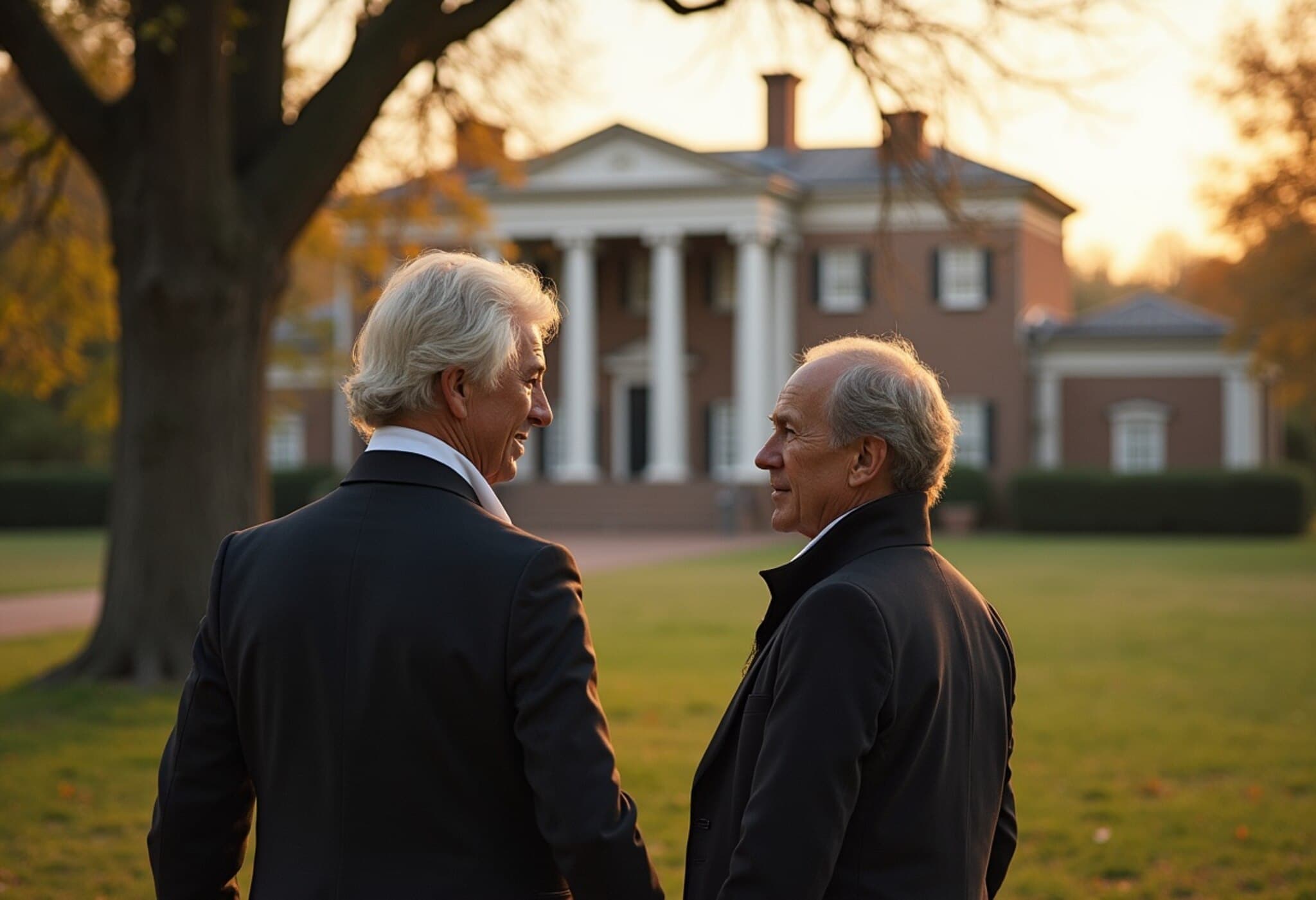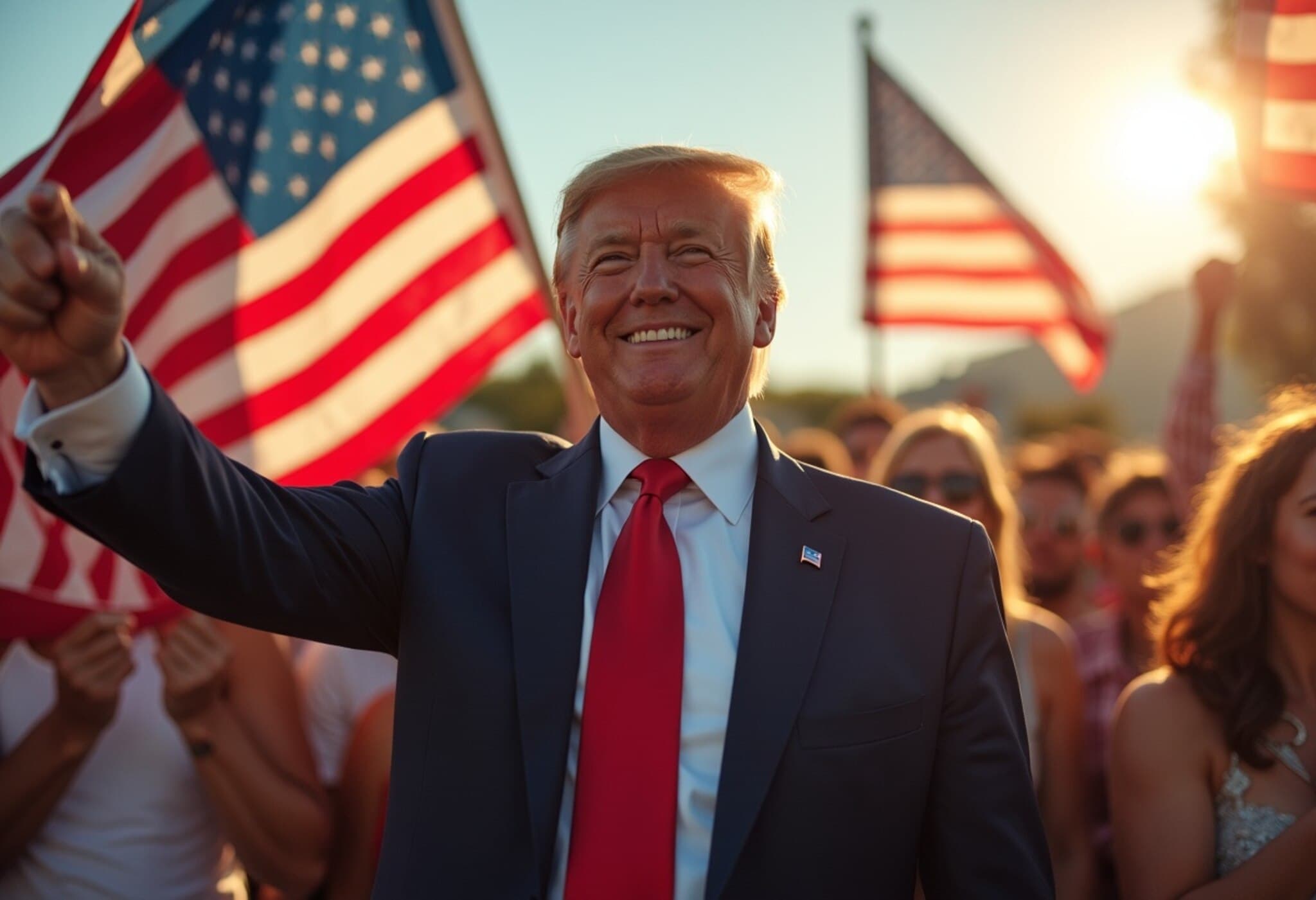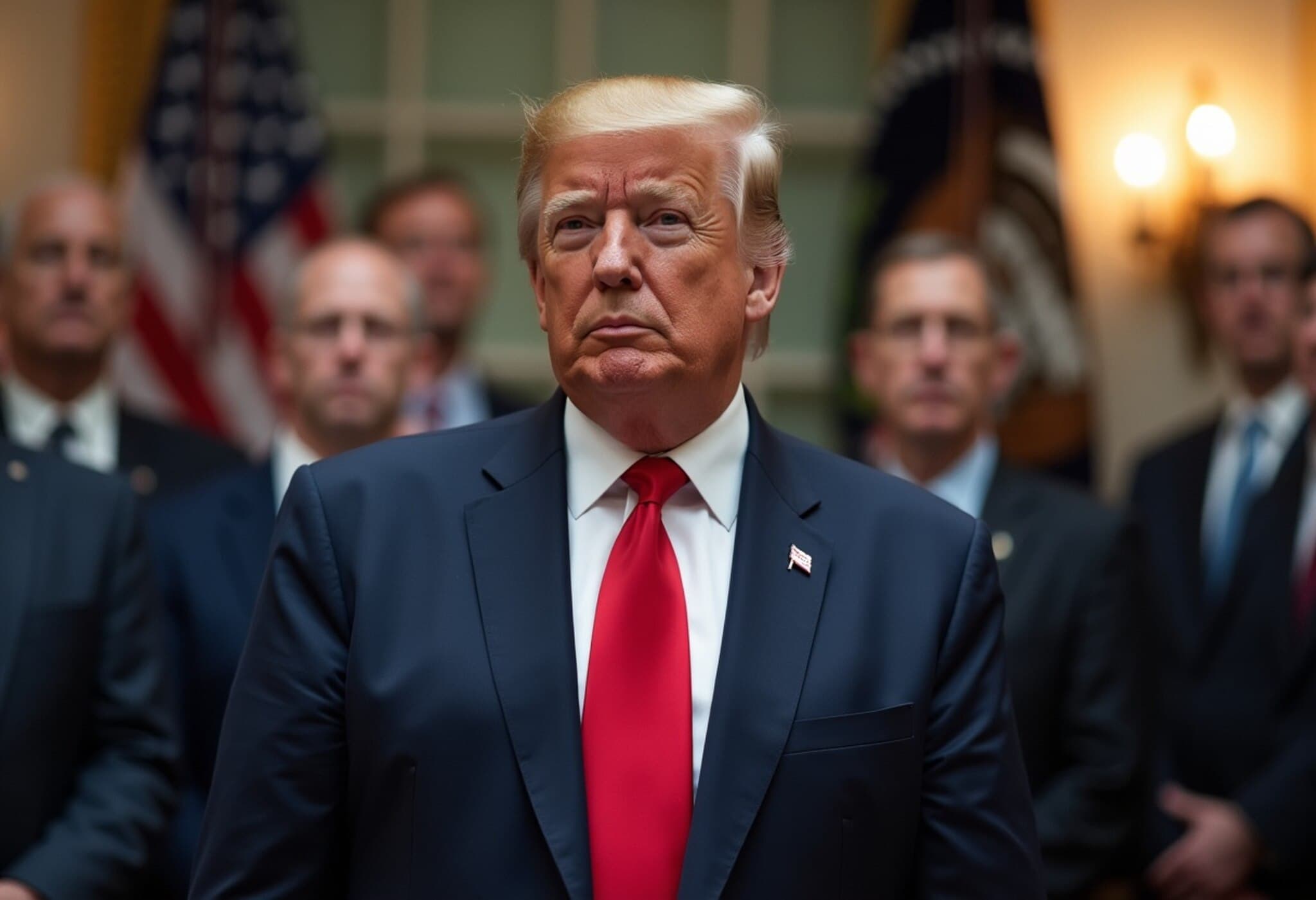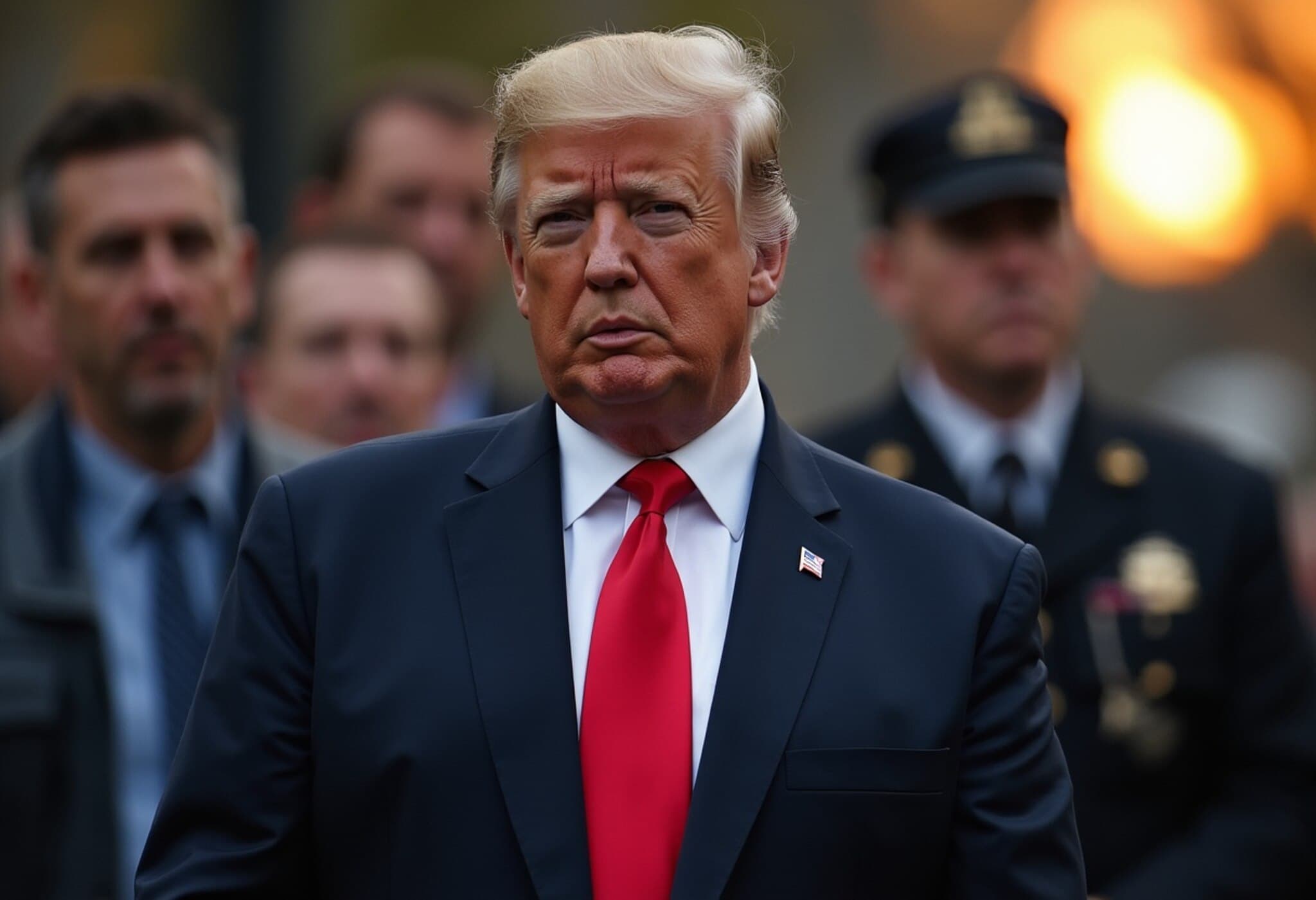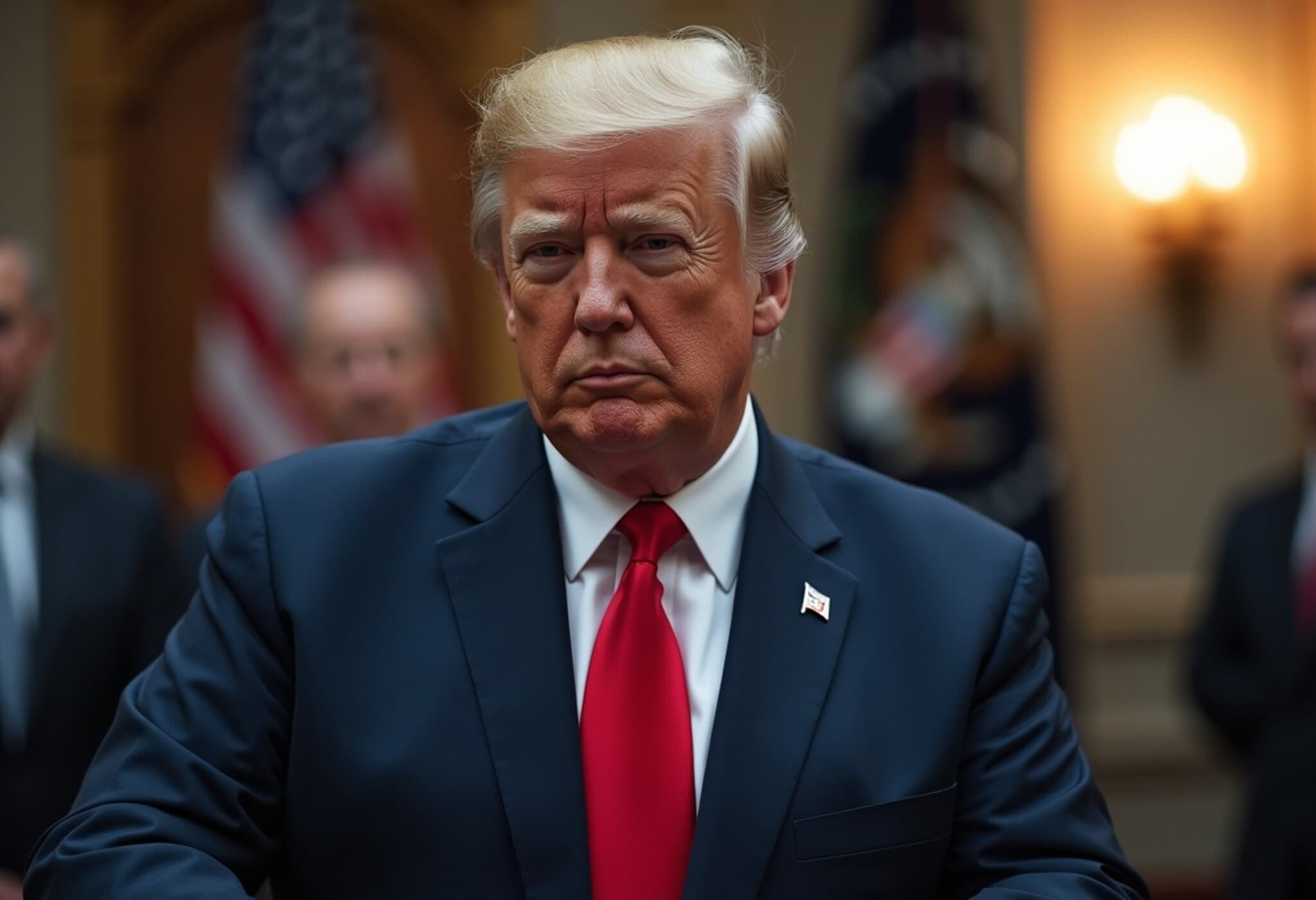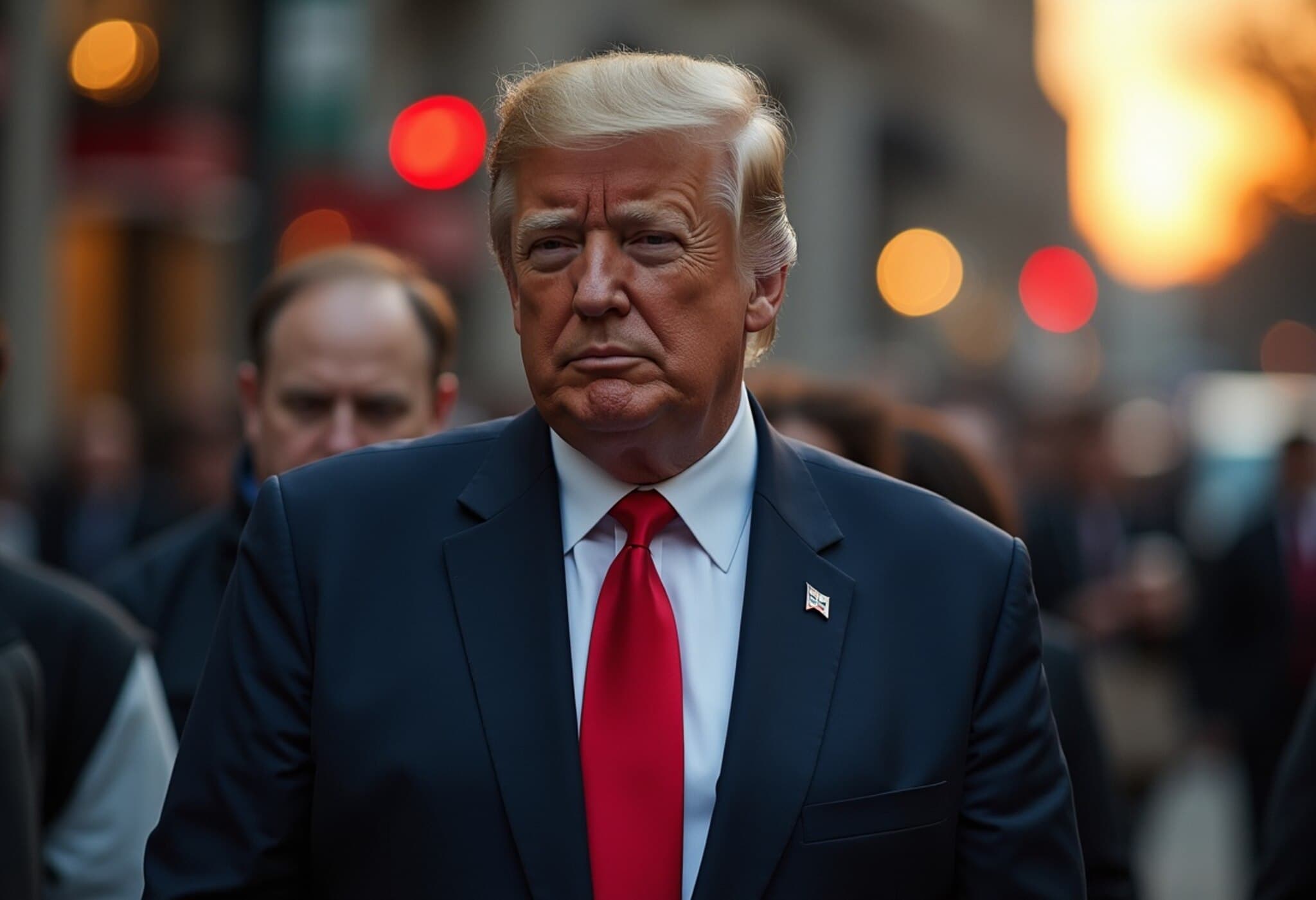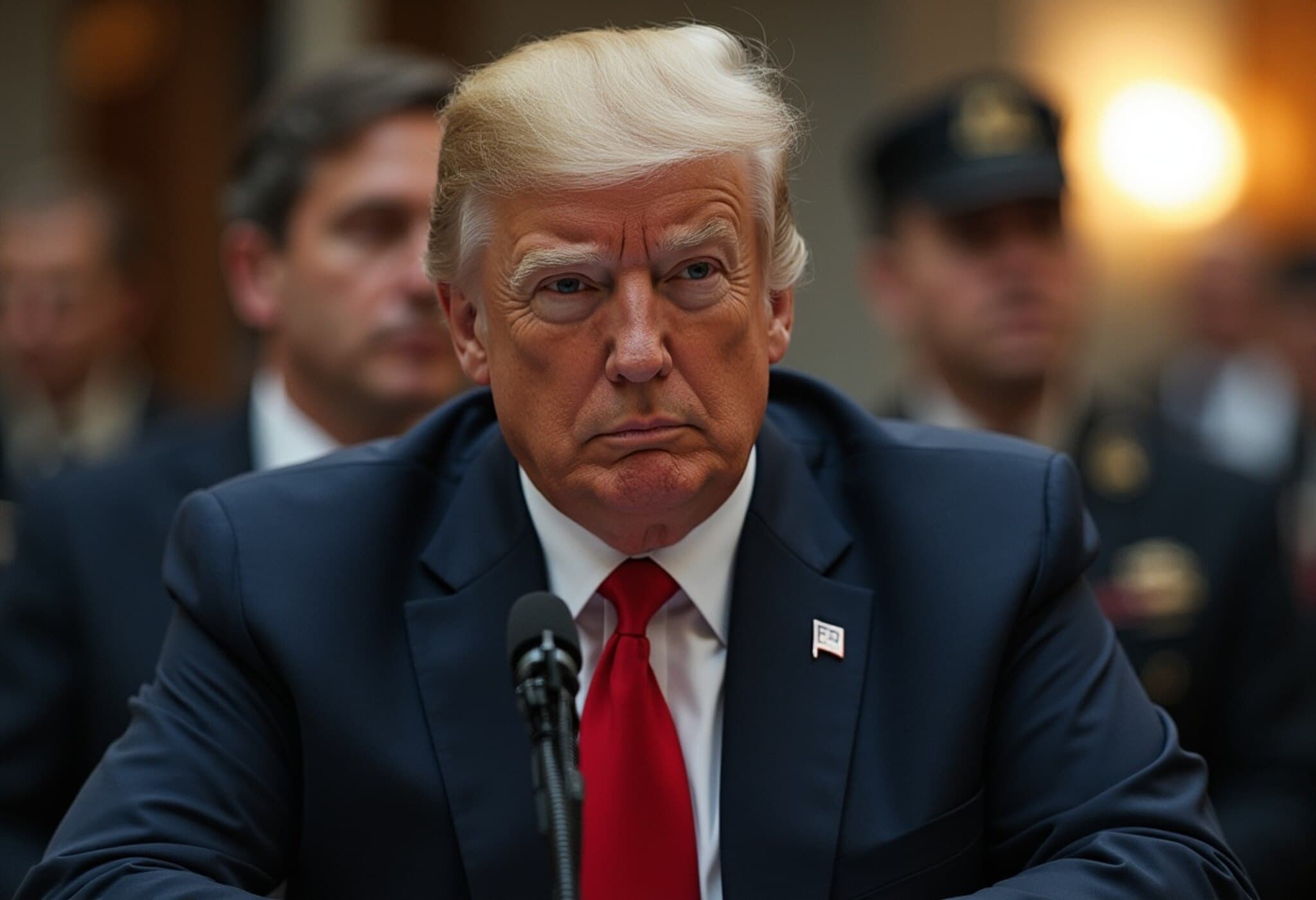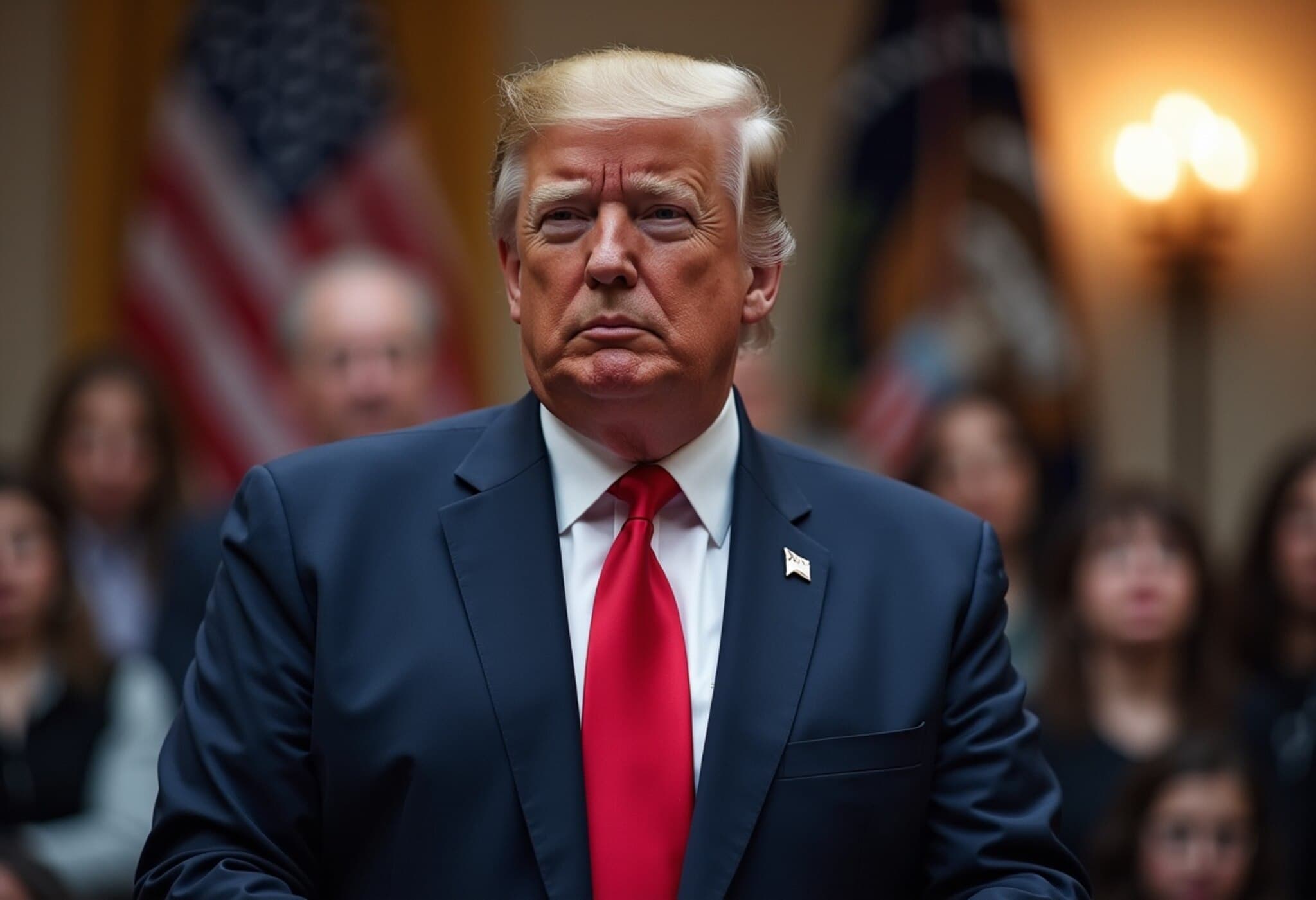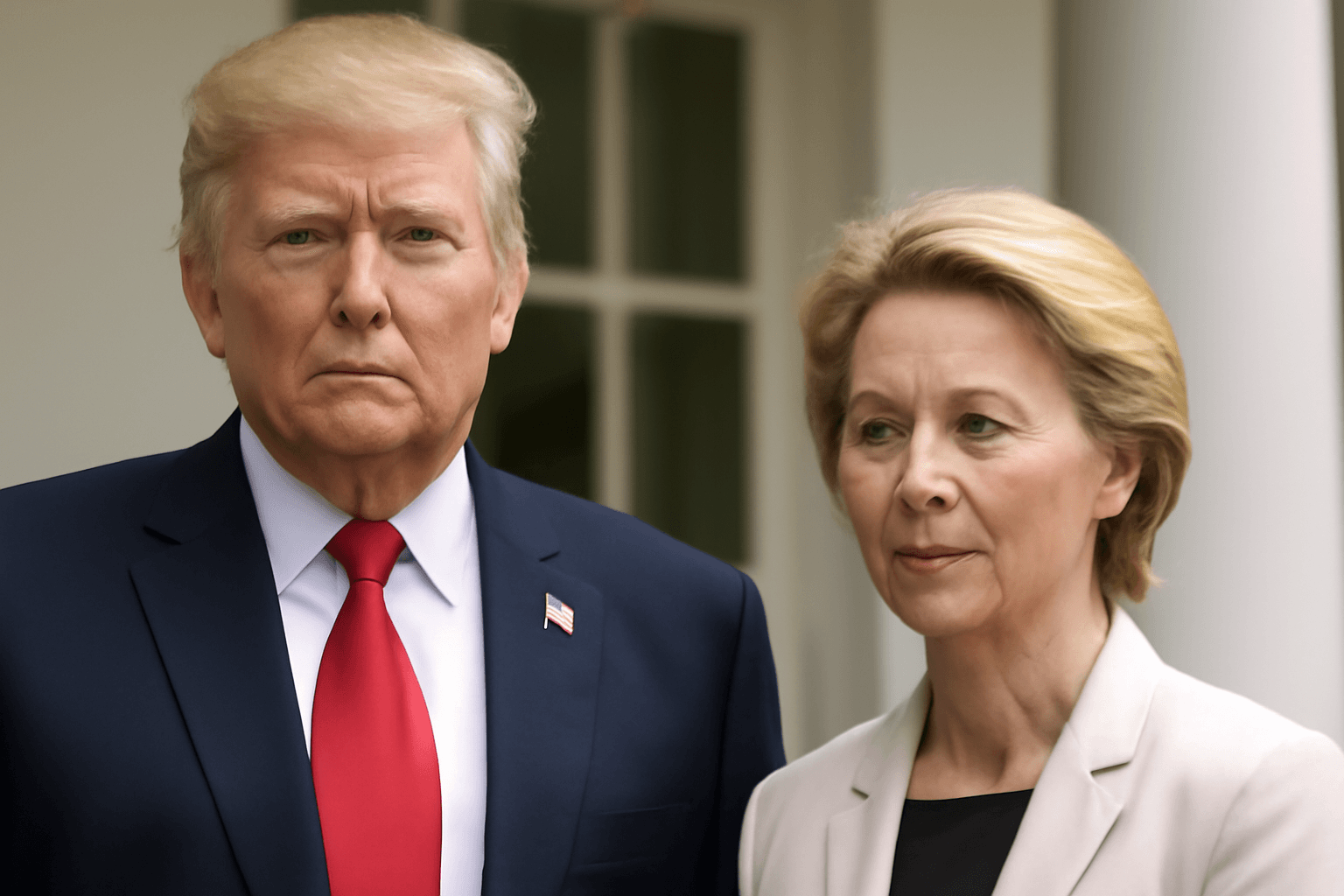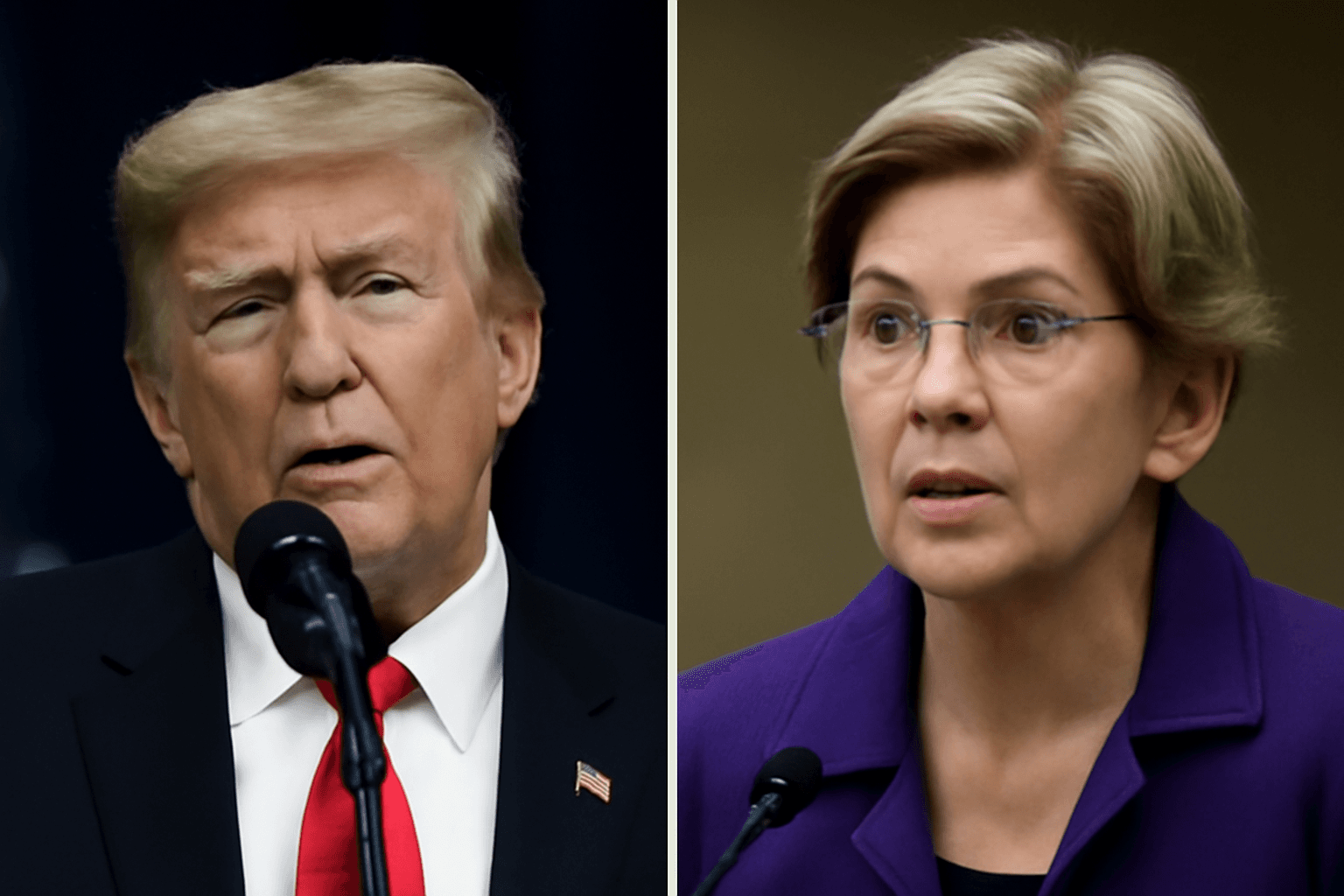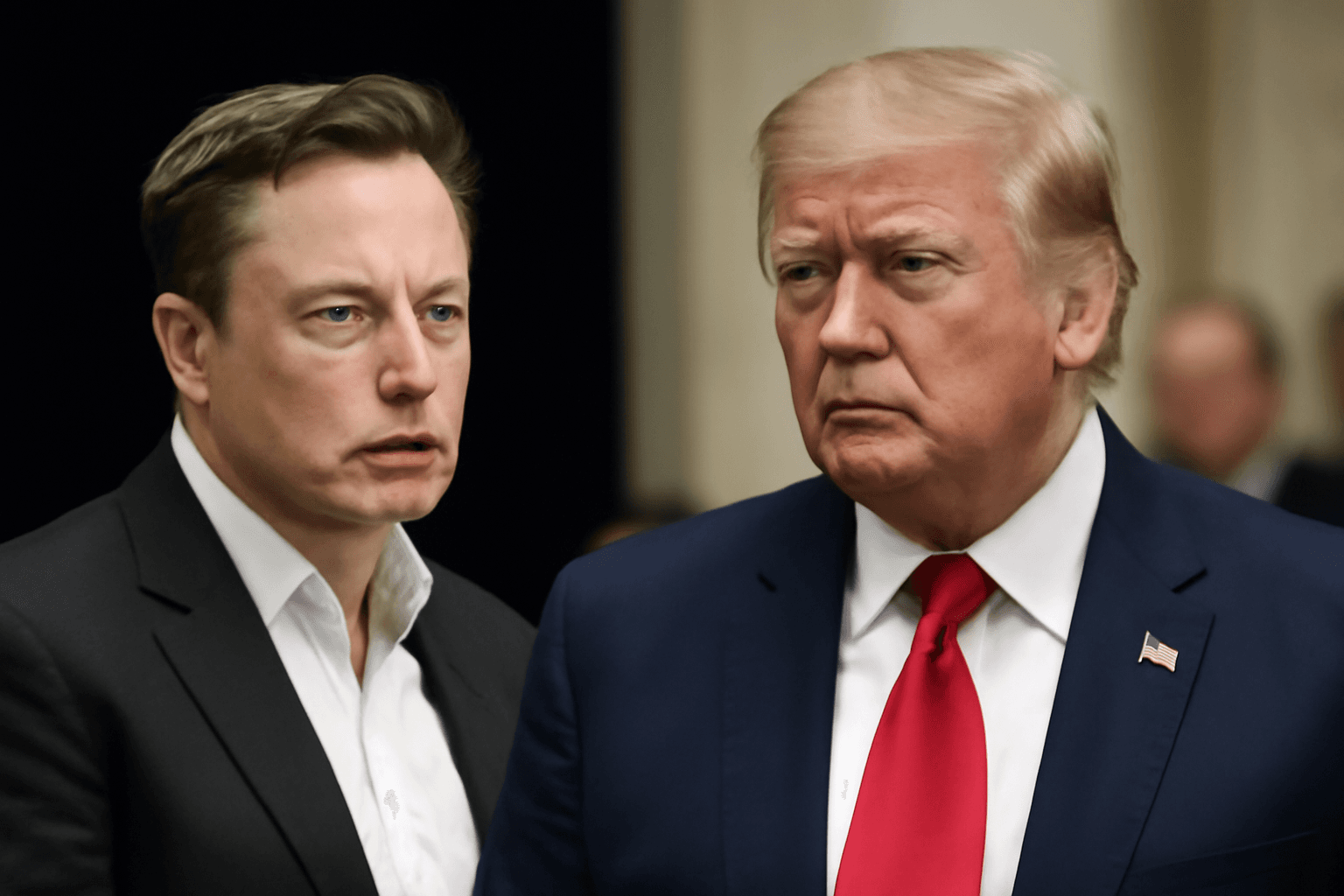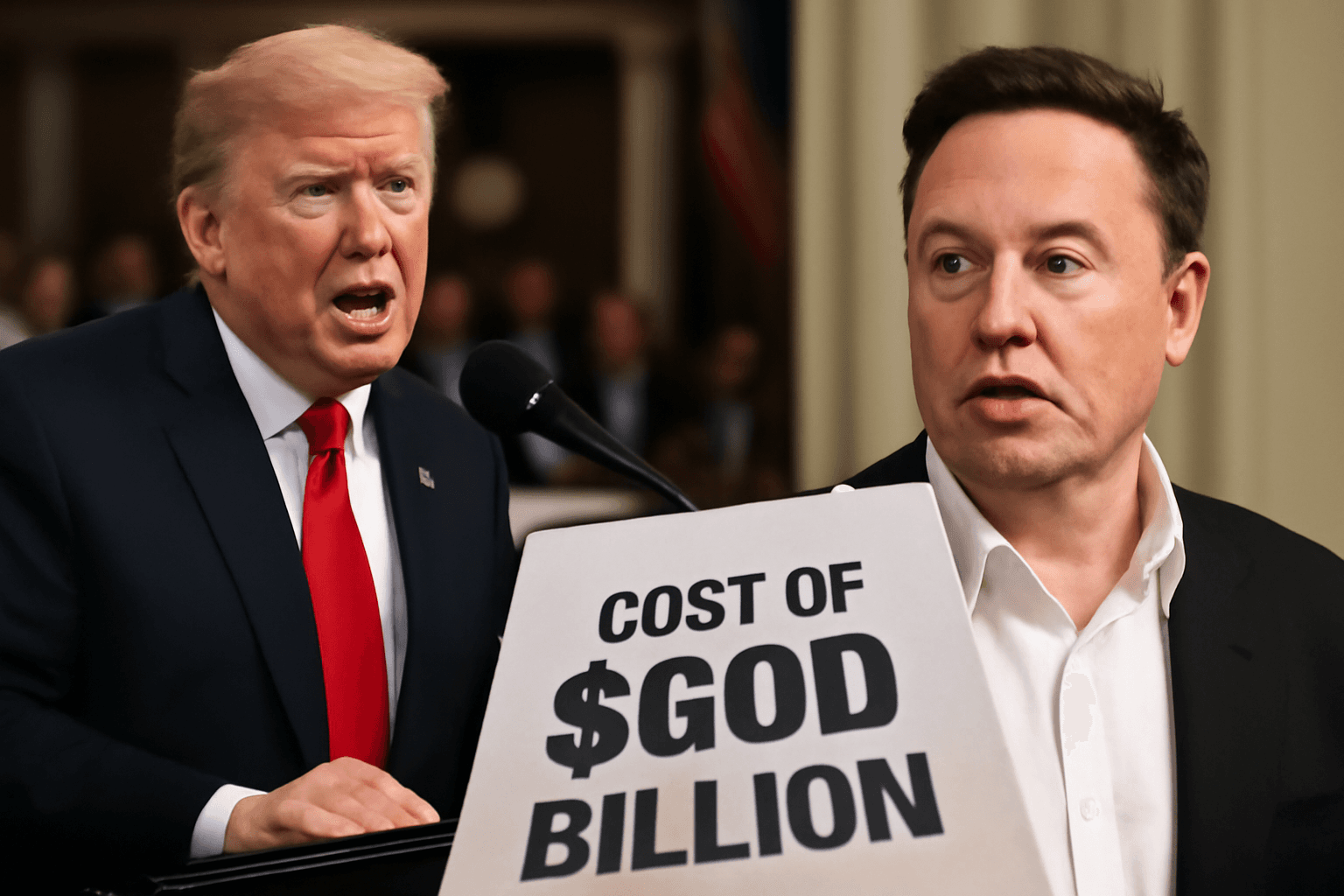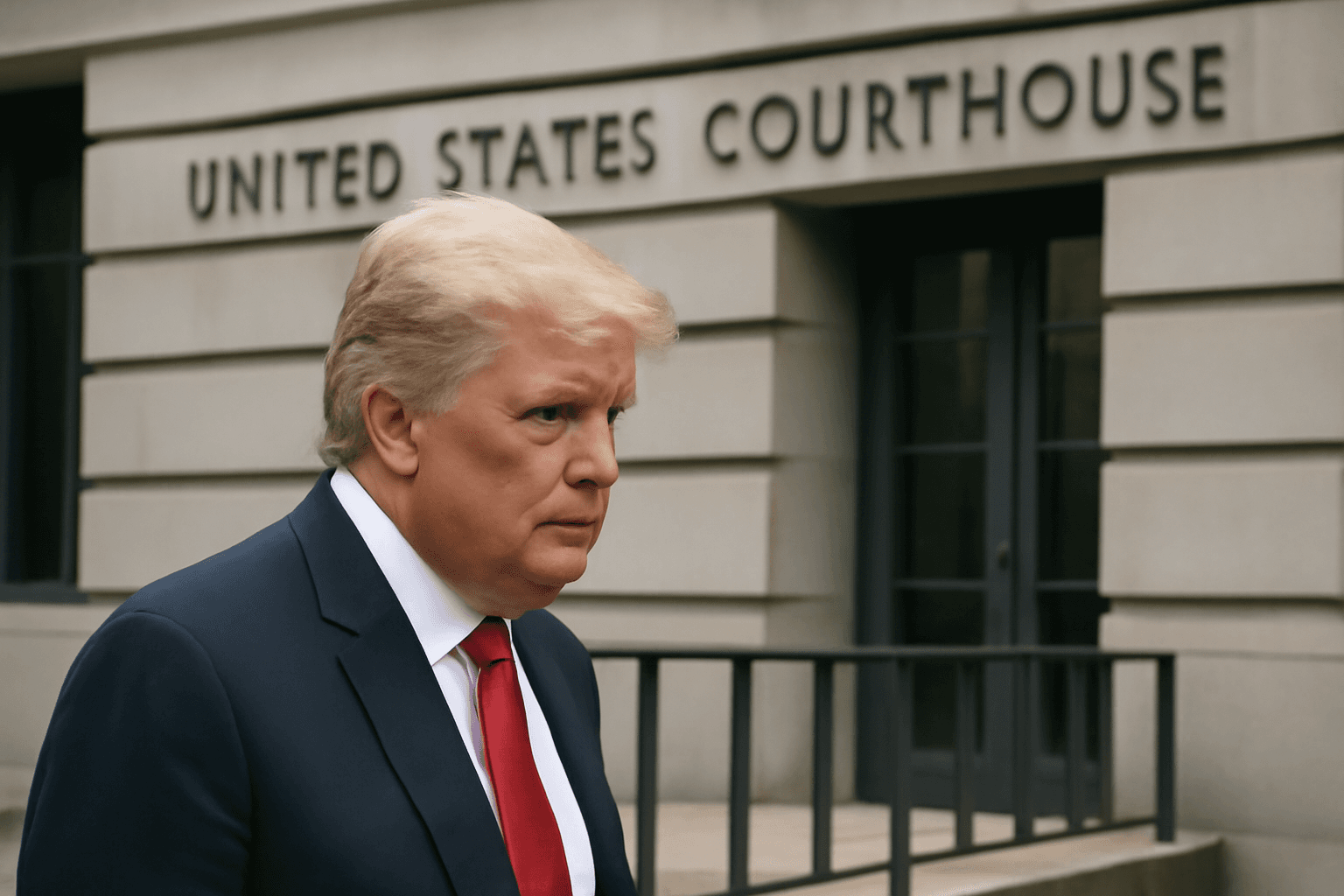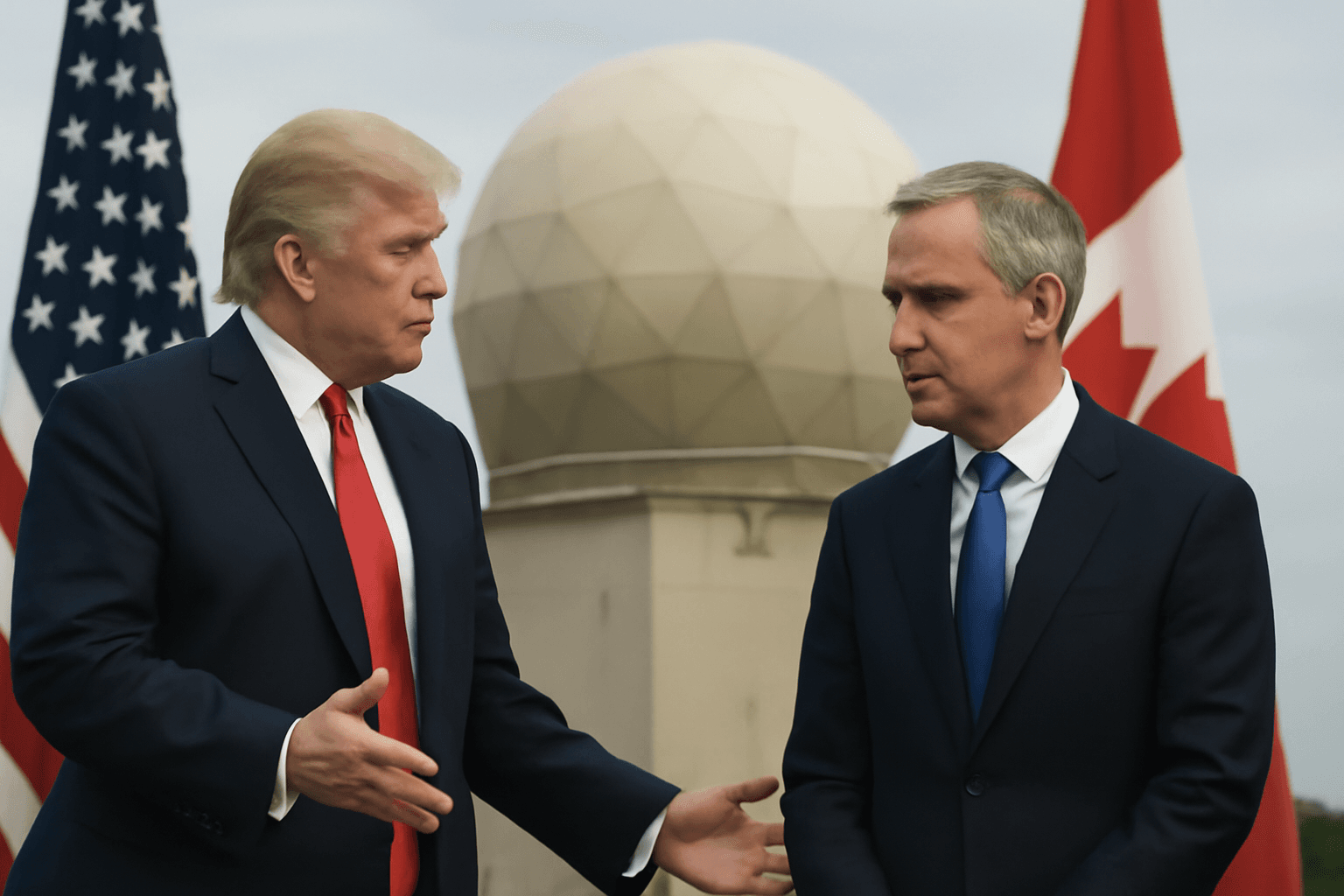From Republic's Heart to ‘Dictator-Chic’: The White House Under Trump
When we think of the White House, we picture the enduring symbol of American democracy—a stately home built on ideals of transparency, humility, and public service. Yet recent renovations under former President Donald Trump have sparked intense debate, as the iconic residence transforms into an ostentatious display some critics dub a “dictator-chic” Saudi palace.
A Storied Past and a New Direction
The White House’s architecture is steeped in rich history. James Hoban, a young Irish architect, famously won the competition to design the presidential residence, contributing a neoclassical elegance that mirrored the republic’s aspirations. It was a building that balanced grandeur with solemnity, befitting the gravity of the presidency.
As a former White House correspondent, I recall the Oval Office as a room of understated power. Its décor was restrained—witness the famed old ivy on the mantelpiece and simple porcelain vases—objects that lent dignity rather than distraction. In that space, decisions shaping world history quietly took place, proving that real authority whispers rather than shouts.
Trump’s Gold Rush: Style Over Subtlety?
Contrast this with the transformations witnessed recently. Trump’s renovations have introduced flamboyant rococo elements, festooned with gleaming gold accents, cherubs, and elaborate swirls. The once-elegant Oval Office now dazzles with an increasing array of gold decorative objects, turning the space into an almost surreal version of a “golden calf” altar, a symbol famously associated with vanity and excess.
The President's penchant for gilding surfaces extends from his personal luxuries—gold-encrusted sneakers, watches, even phones—to the heart of the nation's executive power. The Rose Garden, once a serene backdrop for presidential addresses, was transformed into a stark, minimalist stone slab with Florida-style patio furniture. Plans for a sprawling $311 million ballroom threaten to consume nearly twice the residential footprint of the White House itself.
Such changes are not merely aesthetic. They signal a shift in how power is envisioned—moving away from modesty toward an overt display reminiscent of authoritarian regimes.
The Politics Behind the Palatial Makeover
Trump’s extravagant taste dovetails with troubling political maneuvers that blur lines between governance and personal control. Under his watch, institutions like the Department of Justice and FBI have been scrutinized for perceived politicization. Actions such as investigations into political opponents, reshuffling of loyalists into key law enforcement positions, and threats involving the FBI to counter legislative dissent raise concerns about the erosion of democratic norms.
Examples include:
- Targeting of New York Attorney-General Letitia James and Senator Adam Schiff through politically charged probes.
- Use of law enforcement to intervene against Democratic lawmakers opposing gerrymandering efforts, as seen in Texas.
- Dismissal of FBI leaders attempting to shield agents from politically motivated purges.
- Appointments of individuals with extremist ties to justice department advisory roles.
Gold Gilding and Its Symbolic Price
Metaphorically, the transformation recalls the myth of King Midas, whose golden touch—initially a blessing—became a curse, turning his loved ones and sustenance into lifeless gold. Aristotle regarded Midas’ gift as vanity leading to ruin. Similarly, the Trump administration’s penchant for gaudy displays may reflect a deeper vulnerability: an overcompensation for insecurity masked by bling.
Such symbolism is poignant, given that the United States recently celebrated 250 years of independence from a monarch’s tyranny. The notion that founding fathers like Washington, Jefferson, or Lincoln might view today’s spectacle as “blasphemous” is a sobering reminder of the delicate balance between leadership and autocracy.
What the White House Means Today
Ultimately, the White House is more than marble and gold. It embodies democracy’s promise, accountability, and the public trust. When the seat of American power begins to resemble an authoritarian palace, it raises urgent questions for citizens:
- How do the aesthetics of power influence public perception and legitimacy?
- At what point does personalization of democratic institutions undermine the system?
- What mechanisms remain to check any drift toward autocratic tendencies?
While architectural choices seem superficial, they often mirror deeper political currents. The evolving face of the White House under Trump offers a cautionary tableau about the intersection of ego, power, and governance.
Editor’s Note
As the White House’s physical transformation provokes spirited debate, it foregrounds a larger conversation about the health of American democracy. Symbols matter—they shape how citizens see their leaders and institutions. Trump's ‘dictator-chic’ makeover is more than a style choice; it reflects and reinforces a political style centered on spectacle and consolidation of influence. For readers and analysts, it's crucial to watch how symbolism, policy, and power dynamics intertwine in shaping the nation’s future.

